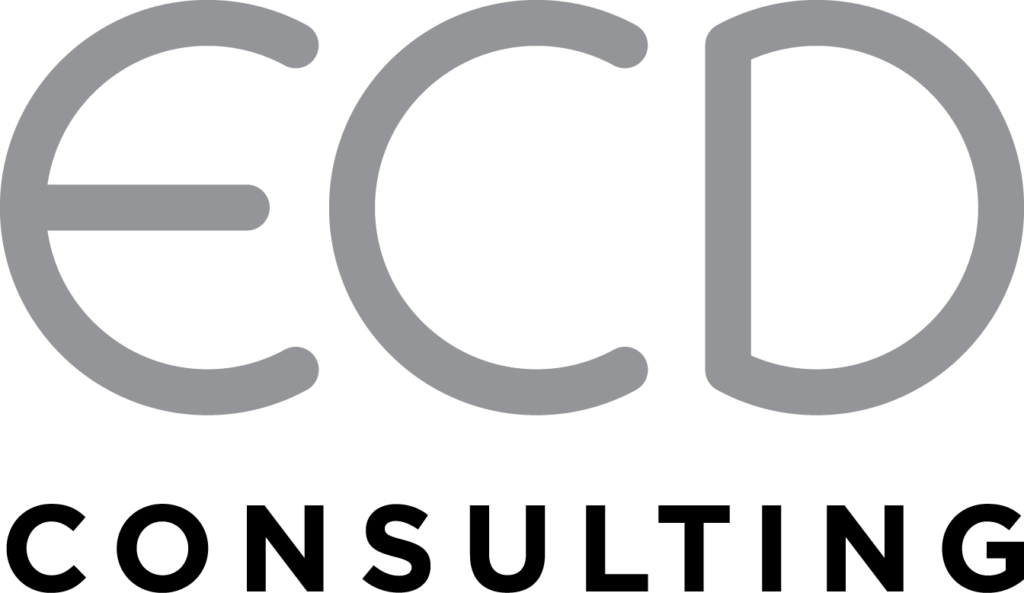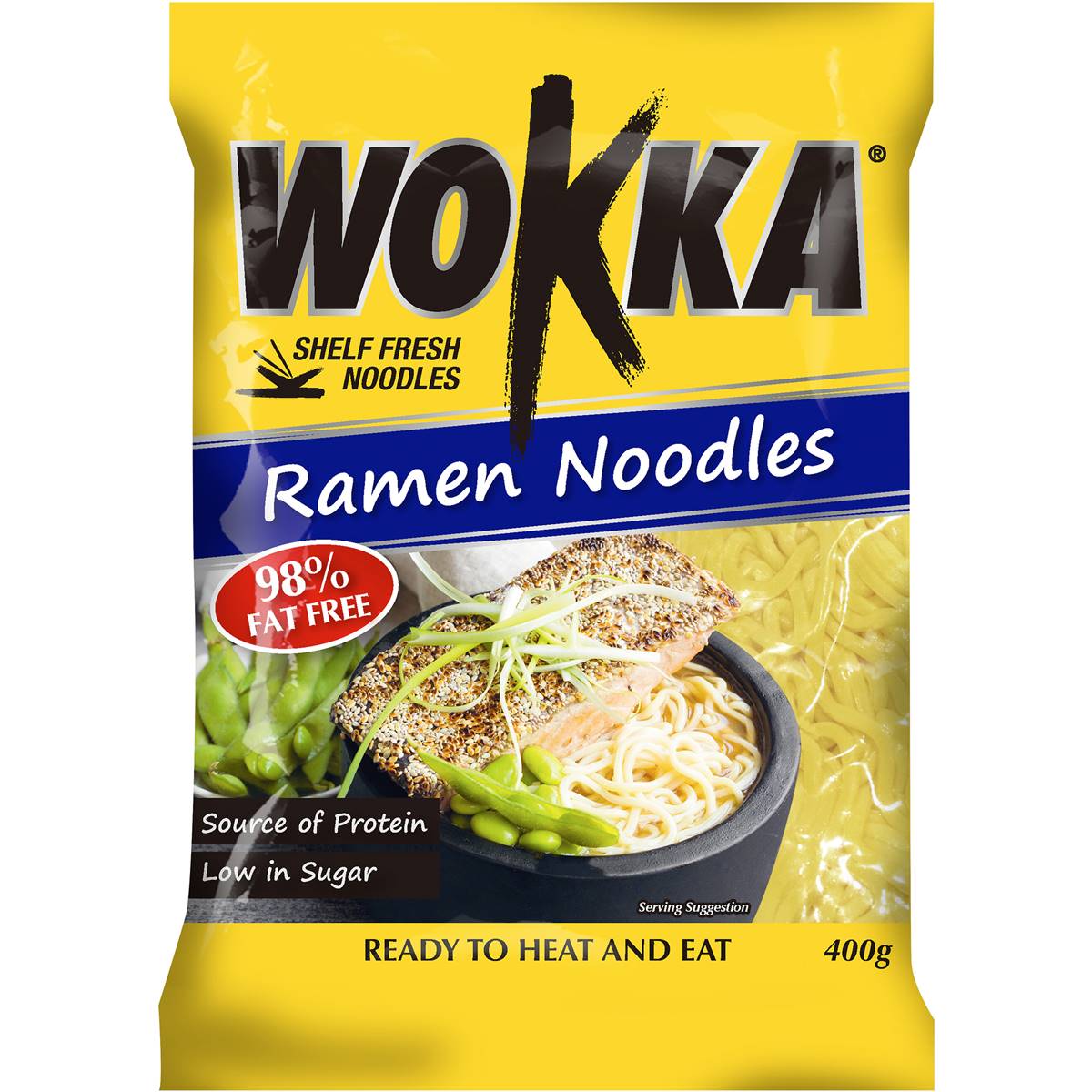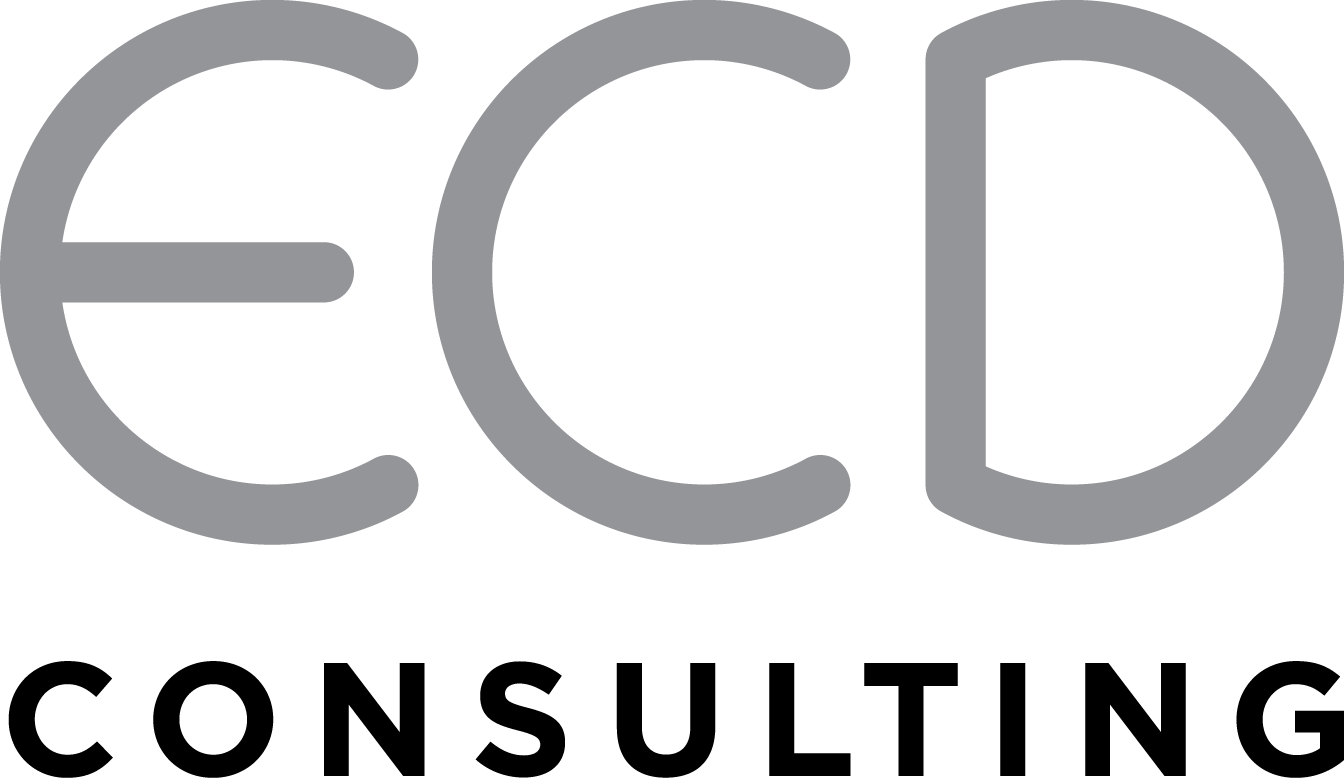Recently I’ve had the rare opportunity to develop a series of perceptual maps for a Singapore-based medical device company. I use the word ‘rare’ regretfully, as in my 10+ years of management consulting in the pharma industry, I simply haven’t seen marketers take advantage of this tool; something I consider to be proper brand management hygiene.
My purpose here is not to provide a primer on p-maps. Anyone who has ever cracked a business book or sat in on a marketing lecture has undoubtedly seen the two-by-two matrix with cost on one axis, quality on the other and either car manufacturer logos or computer brands plotted accordingly. Rather, seeing how valuable this tool was for my client and how relatively straight-forward and cost-effective it was to execute, I’d like to question why perceptual mapping isn’t stock-standard in the world of pharmaceutical marketing?
Here’s my sales pitch for those marketers who have never dipped a toe in the p-map waters. Like the Top Ramen of the marketing toolkit, it’s cheap, easy and satisfying.
It’s Cheap
A set of questions that can populate a p-map can easily be bolted onto pre-existing brand-tracking vehicles. Oh, you don’t have a pre-existing brand tracking vehicle? Well, these surveys can be remarkably short and sweet and do not require the high honoraria we typically associate with paying physicians to participate in research.
Further, it doesn’t take much to achieve a statistically significant sample size. Take a market size of say, 650 specialists. To achieve a confidence level of 95% and confidence interval of 10, you only need 84 participants. Increase that market size to 6500, you’ll need 95 takers.
It’s Easy
The plug and chug element of mapping is the stuff of university-level aspiring marketers. In fact, you can find free software on-line for chart generation. Don’t let the market research firms tell you differently.
It’s Satisfying
You’ll get a representation of what’s going on in the minds of your customers that’s both numerically sound and visually appealing. Meaning, it will speak to all types of audiences from your sales teams to your most senior leaders. Not only should a perceptual map be the jumping off point for product positioning, it can also aid in other multi-disciplinary undertakings like setting a pricing strategy, killing a product line or launching a new brand.
Before you start a 2am p-map binge, I may have pushed the Top Ramen analogy too far. There is some skill and discipline in getting a quality outcome. Perceptual mapping is not a shoot-from-the-hip undertaking, nor is it something to leave solely in the hands of a market research firm. It takes a skilled “backwards market research” approach; a term first coined 30 years ago by Georgetown University Professor Alan Andreasen and later harped upon in countless articles and lectures by Melbourne University Professor Mark Ritson. Backwards market research, and hence, perceptual map study design, requires the skill of visualising the end result (i.e., what will be the labels on our axes? what demographics should we use to cut the data? who is in our competitive set?) before putting pen to paper.
Further, perceptual maps are only as good as the attributes you test and, therefore, an initial phase of qualitative research is almost always needed before jumping into the p-map questionnaire to identify which brand attributes even matter.
Finally, it takes an inquisitive and patient mind to cut and re-cut the data according to various demographics and attitudes which should impact your customers’ brand perceptions and hence, result in different outcomes per segment.
So while perceptual mapping is not the fast food of marketing, neither is it a Thomas Keller impossible concoction served on a bed of dry ice. I hope to work with more clients on building perceptual maps if not to simply illuminate commercial teams on how their customers really perceive their brands or check that their brand has clear positioning in the market, then to help identify viable gaps and green fields to explore further.


